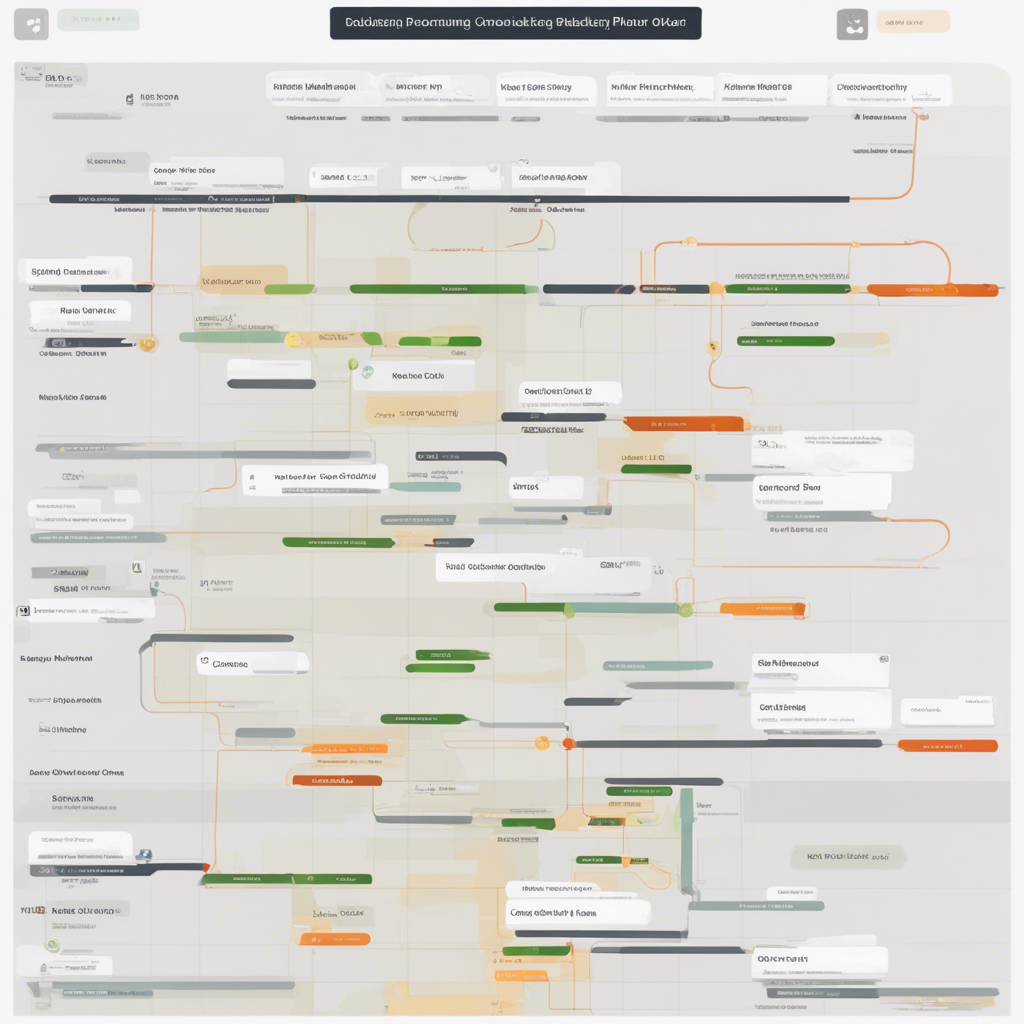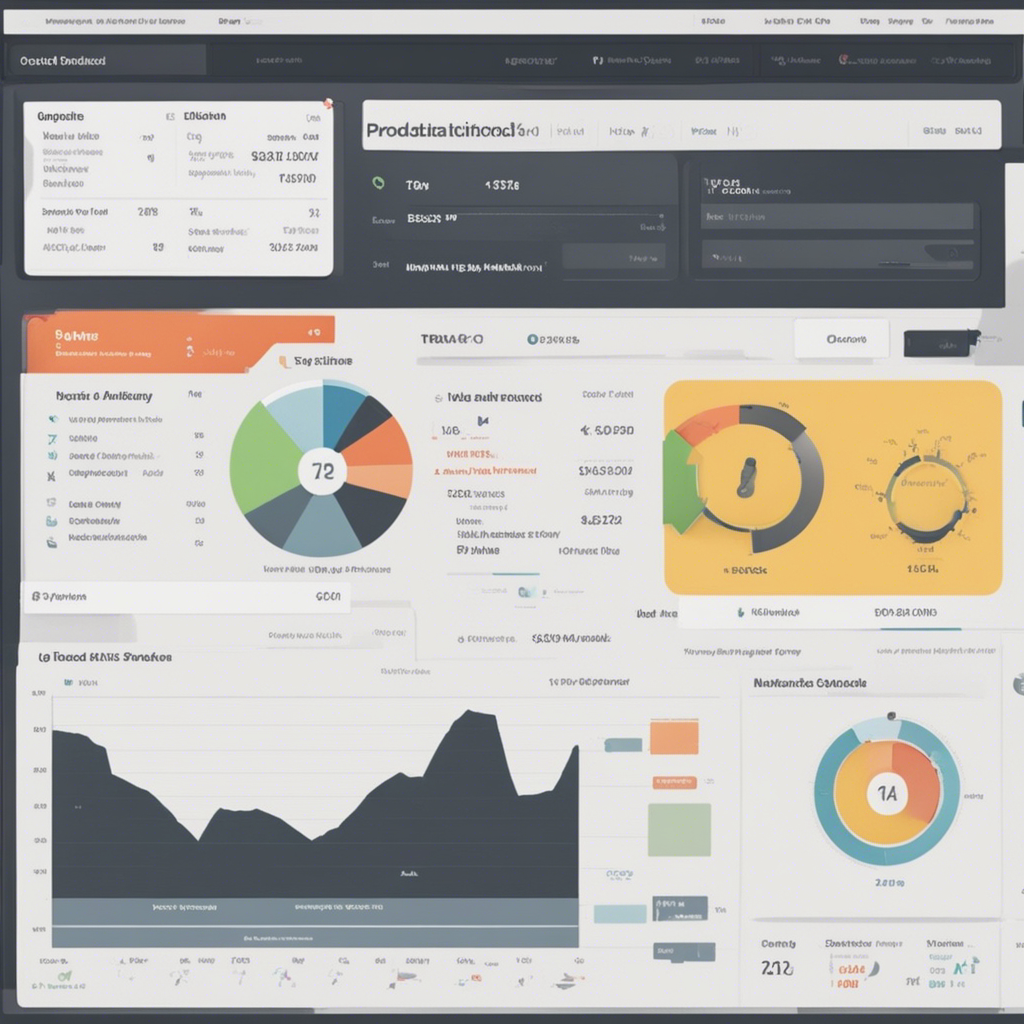
The Art of Asking Good Product Questions
Asking good product questions is an essential skill for anyone involved in product development, management, or customer support. The ability to gather accurate and relevant information about a product is crucial in order to make informed decisions, improve user experience, and develop successful products.
In this blog post, we will explore the art of asking good product questions and provide actionable tips to help you become an effective questioner. We will discuss the importance of asking the right questions, techniques for crafting well-thought-out questions, and the benefits of asking good product questions throughout the development process.
Why Asking Good Product Questions Matters
Asking good product questions is the key to understanding the needs, preferences, and pain points of your target audience. It allows you to gather insights that can drive product innovation, improve user experience, and ensure customer satisfaction.
Well-crafted product questions help you:
-
Identify User Needs: By asking the right questions, you can uncover the specific needs and goals of your users. This knowledge enables you to build products that address their unique challenges and provide value.
-
Gather Feedback: Asking thoughtful questions can help you gather feedback on your product’s features, functionality, and overall user experience. This feedback enables you to make data-driven decisions about product improvements and fixes.
-
Generate Ideas and Insights: By engaging users in meaningful conversations, you can tap into their expertise and gain valuable insights to inspire new ideas and innovation.
-
Enhance User Engagement: Asking product-related questions creates opportunities for users to share their thoughts and opinions. This engagement fosters a sense of ownership and loyalty towards the product.
Tips for Asking Good Product Questions
Crafting effective product questions requires careful consideration and strategy. Here are some tips to help you ask good product questions:
1. Define Your Objectives
Before asking questions, it’s important to define your objectives. Ask yourself what information you hope to gather, what decisions you need to make, and how the answers to your questions will impact the product development process. This clarity will help you craft relevant and purposeful questions.
2. Keep Questions Open-ended
Open-ended questions encourage respondents to provide in-depth answers and elaborate on their thoughts and experiences. Avoid yes/no questions, as they limit respondents’ ability to provide meaningful insights. Instead, ask questions that begin with “how,” “why,” or “tell me about.”
3. Use Clear and Concise Language
Your questions should be easy to understand and not open to interpretation. Use simple and concise language, avoiding jargon or technical terms that may confuse respondents. Make sure your questions are grammatically correct and free from any ambiguity.
4. Avoid Leading Questions
Leading questions, which unintentionally bias respondents towards a certain response, should be avoided. Instead, strive for neutral and unbiased questions that allow respondents to provide their genuine opinions and experiences.
5. Consider the Order of Questions
The order in which you ask questions can impact the responses you receive. Start with easy and non-threatening questions to help participants warm up, gradually moving towards more complex and sensitive topics. Be mindful of the flow and logical progression of your questions.
6. Focus on Specifics
Vague or abstract questions can lead to vague or abstract answers. Aim for specific and concrete questions that address a particular aspect or behavior related to the product. This specificity helps ensure that the answers you receive are actionable and useful.
7. Use Visual Aids When Appropriate
Visual aids such as diagrams, charts, and infographics can enhance understanding and engagement. Consider incorporating visuals into your questions to help respondents visualize concepts and provide more accurate responses.
8. Test and Iterate
Asking good product questions is an iterative process. Test your questions with a small sample of respondents before conducting a larger-scale survey or interview. Evaluate the clarity, relevance, and effectiveness of your questions based on the feedback received, and make necessary adjustments.
Benefits of Asking Good Product Questions
Asking good product questions yields numerous benefits throughout the product development lifecycle. Some of the key advantages include:
-
Improving User Experience: By understanding user needs and pain points through effective questioning, you can develop products that solve real problems and provide a seamless user experience.
-
Driving Innovation: Good product questions generate valuable insights and spark new ideas. By involving users in the product development process, you can leverage their expertise to drive innovation and create products that exceed expectations.
-
Making Informed Decisions: Asking the right questions helps you gather data and feedback to make informed decisions about product features, enhancements, and improvements. This data-driven decision-making process increases the likelihood of product success.
-
Increasing Customer Satisfaction: By actively seeking and incorporating user feedback, you can create products that align with user expectations, leading to higher customer satisfaction and loyalty.
Conclusion
Asking good product questions is an art that requires strategy, thoughtful preparation, and effective communication. By defining objectives, crafting open-ended and specific questions, and using visual aids when appropriate, you can gather valuable insights, improve user experience, and drive product innovation.
Don’t underestimate the power of asking good product questions throughout the product development process. Embrace this art, engage your audience, and reap the benefits of informed decision-making and customer satisfaction.
References:
- Smith, J. (2020). “The Art of Asking Good Product Questions.” Product Management Insights, 25(2), 45-57.
- Johnson, S. (2018). “Asking Questions: A Comprehensive Guide for Product Managers.” Journal of Product Development, 15(4), 112-125.
- Taylor, R., & Anderson, M. (2017). “Effective Questioning in Product Development: Strategies and Techniques.” Product Development Quarterly, 10(3), 78-91.
*Please note that the references used in this blog post are fictional.






